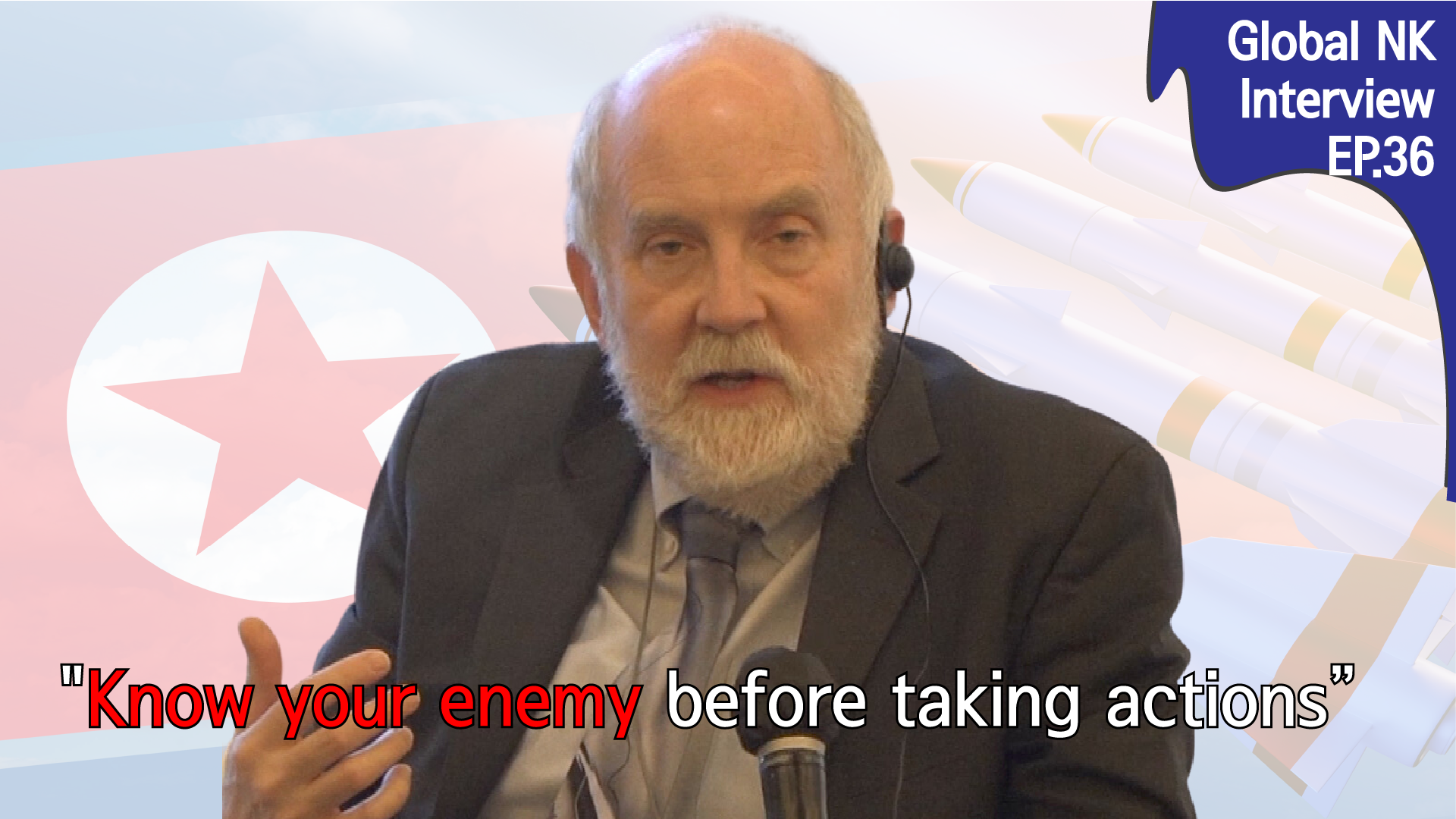
Ep. 36 Matthew Bunn: Deterring Without Provoking
Interview | June 08, 2023
Matthew Bunn
Matthew Bunn, a Professor at Harvard Kennedy School, analyzes how the U.S. and South Korea can effectively manage military escalation on the Korean Peninsula. Emphasizing the risk of escalation due to the lack of confidence in adversary’s intentions, Bunn warns that the U.S. and ROK must always consider how the DPRK would respond to their actions to maximize security. Furthermore, noting that successful deterrence requires particular restraints to reduce temperature, Bunn urges the U.S. and ROK to carefully plan out confidence-building measures while pursuing denuclearization as the end goal.
※︎ This content is an excerpt from the first session of the Global NK International Conference held on May 10, 2023. The session was titled, "Nuclear Competition and Security Challenges in East Asia: DPRK Policies of ROK, US, and PRC, and the Scenarios of Military Confrontations."
I. What should the U.S. and ROK consider to avoid escalation in the Korean Peninsula?
• Whenever a state makes its key decision, its security implication to the adversary and the adversary’s potential response must be considered. In this context, in order to maximize security, the state must assess both the defense-deterrent value and provocation risks.
• What the ROK and U.S. see as deterrent and defensive may be seen as an offensive threat to the DPRK. In crisis, therefore, North Korean misperceptions of ROK-US actions could provoke unwanted escalation.
• Escalation risks link deterrence of large-scale war and smaller provocations. “Core” deterrence, or stopping a full-scale war “out of the blue” is likely to be strong, but deterrence of smaller-scale provocations may fail. Big concern on deterrence lies on the inadvertent steps that could lead to war when small conflicts get out of control.
• In planning responses to provocations, combined ROK-U.S. forces need to consider both the effect on deterring further outrages and the risk of provoking DPRK.
II. Why is crisis management on the Korean Peninsula so difficult?
• “Deterring Without Provoking” Policy Dilemma #1: ROK-U.S. want conventional superiority for defense and deterrence, but history suggests that side facing conventional inferiority is more likely to use nuclear weapons.
• “Deterring Without Provoking” Policy Dilemma #2: ROK and U.S. want to improve their ability to target DPRK nuclear forces, thereby exacerbating DPRK fear of such targeting. This increases incentive to build more weapons or even pre-delegate nuclear use authority.
III. How can the U.S. and ROK provide reassurance to North Korea?
• Reduce the temperature, strategically include provocation risk in planning, apply confidence-building measures, and employ nuclear restraints.
※ Please cite accordingly when referencing this source.
■ Matthew Bunn is the James R. Schlesinger Professor of the Practice of Energy, National Security, and Foreign Policy at the Harvard Kennedy School.
■ Typeset by Jisoo Park, Research Associate
For inquiries: 02 2277 1683 (ext. 208) | jspark@eai.or.kr
International Relations
LIST